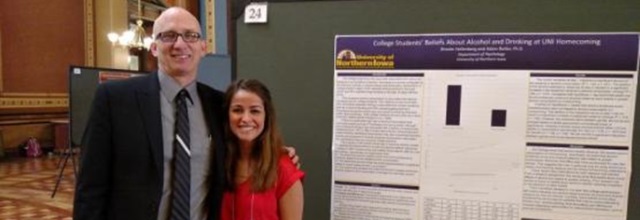Honors Program Theses
Award/Availability
Open Access Honors Program Thesis
First Advisor
Jeffrey Funderburk
Keywords
Tolkien, J. R. R. (John Ronald Reuel), 1892-1973. Lord of the rings; Lord of the rings, the fellowship of the ring (Motion picture); Lord of the rings, the two towers (Motion picture); Lord of the rings, the return of the king (Motion picture); Film soundtracks; Motion picture music;
Abstract
The Lord of the Rings trilogy by J.R.R. Tolkien is one of the most beloved stories of all time; it has been distributed around the world and translated into over fifty languages. The story that Tolkien created was, essentially, how a small group of people can change the course of history through bravery, loyalty, and friendship. It is a story that has touched many hearts over the years. This series of books also has one of the more developed fictional worlds in literature. There are a variety of cultures, which include elves, men, and dwarves. Tolkien not only gave each culture unique characteristics, he also invented six different languages for his peoples to speak. In the backs of many of Tolkien's books are guides to names and pronunciations as well as maps and family trees of the most important characters. This complexity has made it an extremely daunting task for anyone to consider placing the story in a different medium.
Year of Submission
2013
Department
School of Music
University Honors Designation
A thesis submitted in partial fulfillment of the requirements for the designation University Honors
Date Original
5-2013
Object Description
1 PDF file (39 pages)
Copyright
©2013 Jennifer Louise Titus
Language
en
File Format
application/pdf
Recommended Citation
Titus, Jennifer Louise, "From here to there: The music's journey: how the music in the Lord of the Rings trilogy represents the cultures of Tolkien's world" (2013). Honors Program Theses. 606.
https://scholarworks.uni.edu/hpt/606




Comments
If you are the rightful copyright holder of this thesis and wish to have it removed from the Open Access Collection, please submit a request to scholarworks@uni.edu and include clear identification of the work, preferably with URL.